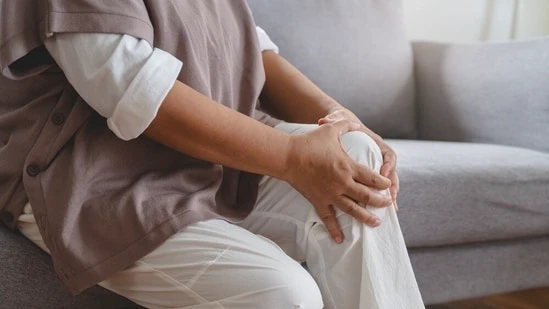Winter is here, and with it, the joints feel stiffer than usual. Usually, seasonal transitions bring in a lot of health issues. Similarly, increased joint pain is among them.
Your fingers feel tight, your lower hip aches, and your elbows are making noise.
Since joints form the fundamental base for all movements, even simple daily activities, like bending down or getting up from a chair, can feel like a big challenge.
To learn why joint pain worsens in winters, HT Lifestyle reached out to Dr Dharam P. Pandey, director and HOD- physiotherapy and rehabilitation sciences at HCMCT Manipal Hospitals, Dwarka, Delhi. He also shed light on how physiotherapy can come to your rescue during such a time.
Why does joint pain worsen in winter?
During winter, movements can feel restricted due to painful and stiff joints. The physiotherapist explained that this happens because cold weather can cause the muscles and tissues around the joints to tighten. This cuts down flexibility and makes movements significantly more difficult.
Further, lower air pressure is also responsible, subtly affecting the joints, as Dr Pandey elaborated, “At the same time, barometric pressure or the pressure around us from the air usually goes down during winter, which may make the joints expand a little, adding to discomfort.”
During winter, people also move less. This also worsens joint stiffness. Dr Panday added, “The reduced physical activity during the colder months weakens the muscles that support the joints.”
How physiotherapy helps you to move better
Physiotherapy is beneficial in this case for several reasons. Dr Panday reminded that physiotherapy helps to restore the physical functions and gain control over your body.
So while it may seem your main goal is to reduce the pain, physiotherapy’s goal involves in how to improve your body’s functions for long term. So physiotherapy has a major hand in managing joint stiffness, weakness and pain that occurs during the seasonal change.
Revealing what a physiotherapist does, Dr Panday added, “A physiotherapist facilitates joint mobility, improves muscle strength, and regains flexibility through appropriate exercise and manual therapy.”
He also named some specific treatments that help reduce inflammation and make daily movements less painful. “Heat therapy, ultrasound, and gentle stretches may address joint inflammation, promote blood flow, and improve comfort in movement for everyday tasks.”
Signs when you should visit a physiotherapist
 Dr Pandey shed light on 5 signs when you should see a physiotherapist:
Dr Pandey shed light on 5 signs when you should see a physiotherapist:
- Persistent joint pain lasting more than a few days.
- Stiffness or swelling that limits daily movement.
- Pain that increases during activity or after rest.
- Joint instability- a feeling that your joint might “give way.”
- Numbness, tingling, or weakness around the affected area.
